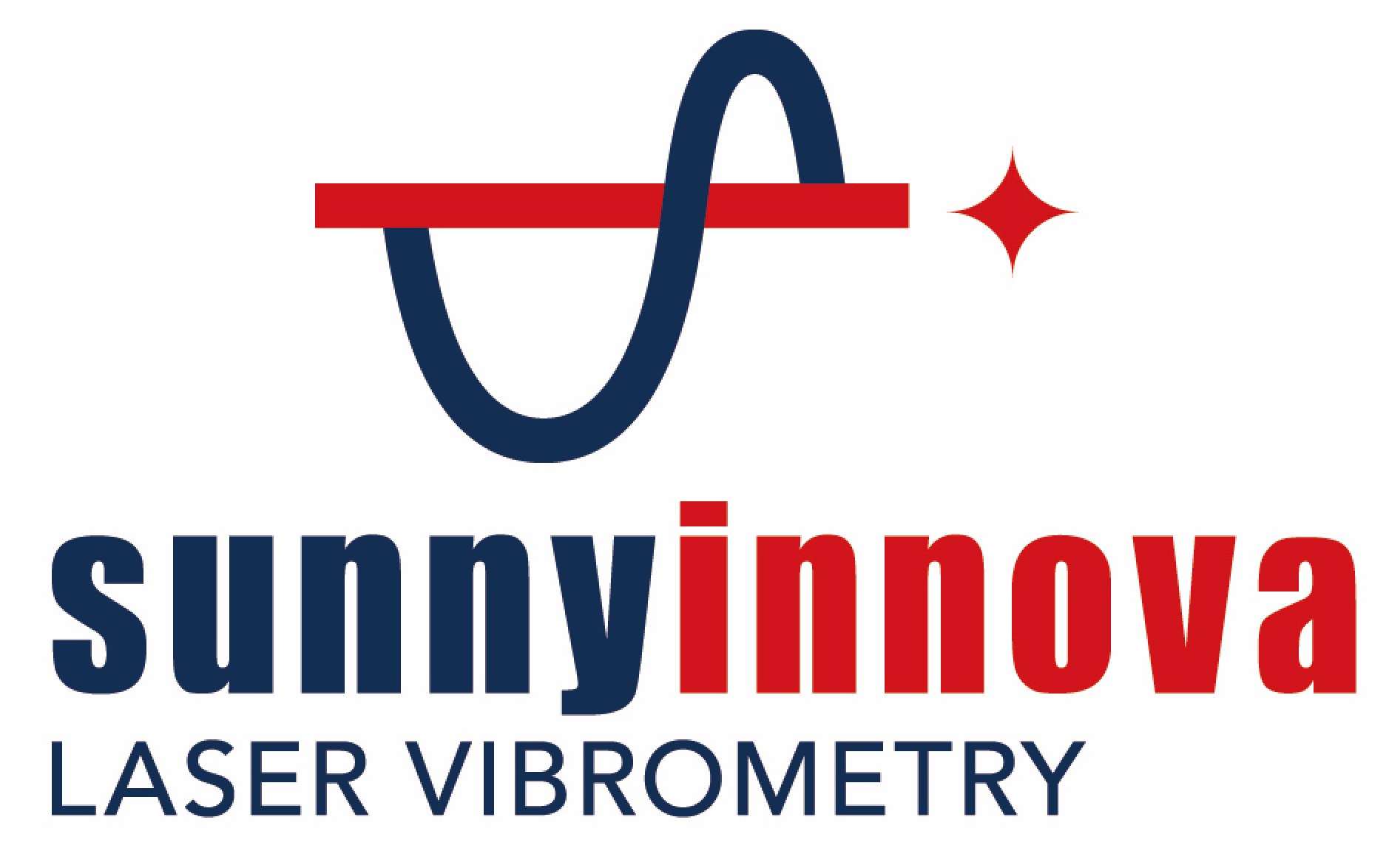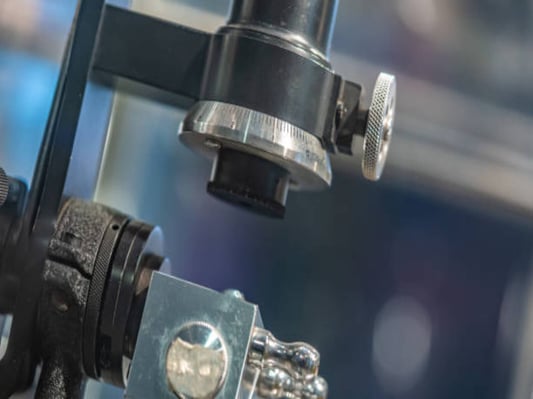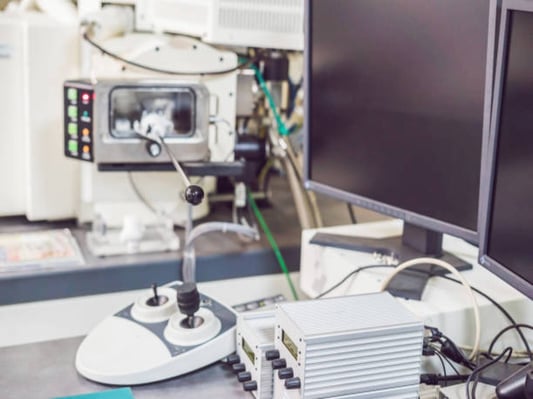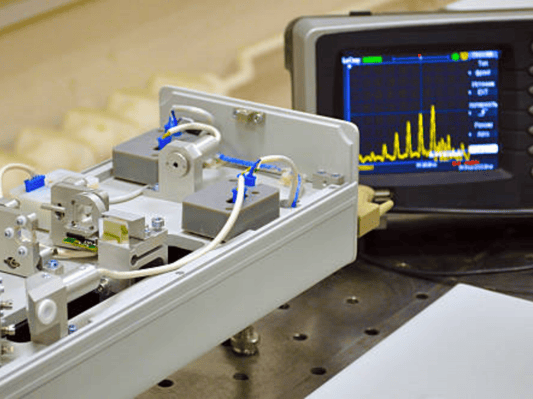Definition of laser vibrometerA laser vibrometer is a non-contact optical device used to measure vibration and displacement of an object. It utilizes the Doppler effect of laser light to detect the velocity at different points on the surface of a vibrating object.Working Principle of Laser VibrometerLaser vibrometers work by emitting a laser beam onto the surface of the object being measured. The reflected laser light is collected by the device and analyzed to determine the vibration frequency and amplitude of the object. This allows for precise and accurate measurement of vibrations without the need for physical contact.Applications of Laser VibrometerLaser vibrometers are commonly used in various industries such as automotive, aerospace, and civil engineering for structural health monitoring, modal analysis, and quality control. They can also be used for research purposes in academic institutions.Advantages of Using Laser VibrometerOne of the main advantages of using a laser vibrometer is its non-contact nature, which eliminates the risk of altering the vibration characteristics of the object being measured. Additionally, laser vibrometers provide high resolution and accuracy in measuring tiny vibrations.Types of Laser VibrometerThere are two main types of laser vibrometers: single-point and scanning. Single-point vibrometers measure the vibration at a specific point on the object, while scanning vibrometers can map the entire surface of an object to provide a more comprehensive analysis.Laser Doppler VibrometryLaser Doppler vibrometry is a technique used in laser vibrometers to measure the vibration of an object with high precision. It can detect vibrations on a wide range of materials and is commonly used in structural analysis and testing.Factors to Consider When Choosing a Laser VibrometerWhen selecting a laser vibrometer, it is important to consider factors such as frequency range, measurement accuracy, and the size and weight of the device. Different applications may require specific features to ensure accurate and reliable measurements.Future Trends in Laser VibrometryAs technology advances, laser vibrometers are becoming more compact, user-friendly, and cost-effective. In the future, we can expect to see more portable and wireless laser vibrometers that offer real-time monitoring and analysis capabilities.Challenges in Laser Vibrometer TechnologyDespite its many advantages, laser vibrometry also faces challenges such as environmental interference, surface roughness, and calibration issues. Researchers are continuously working to overcome these obstacles to improve the performance of laser vibrometers.ConclusionIn conclusion, laser vibrometers are valuable tools for measuring and analyzing vibrations in various industries. Their non-contact operation, high precision, and wide range of applications make them indispensable for quality control, structural analysis, and research purposes.Quote Inquirycontact us










